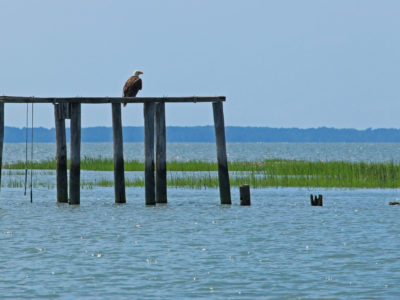
Restoration Returns ‘Blue Carbon’ Stores
Restoration Returns ‘Blue Carbon’ Stores
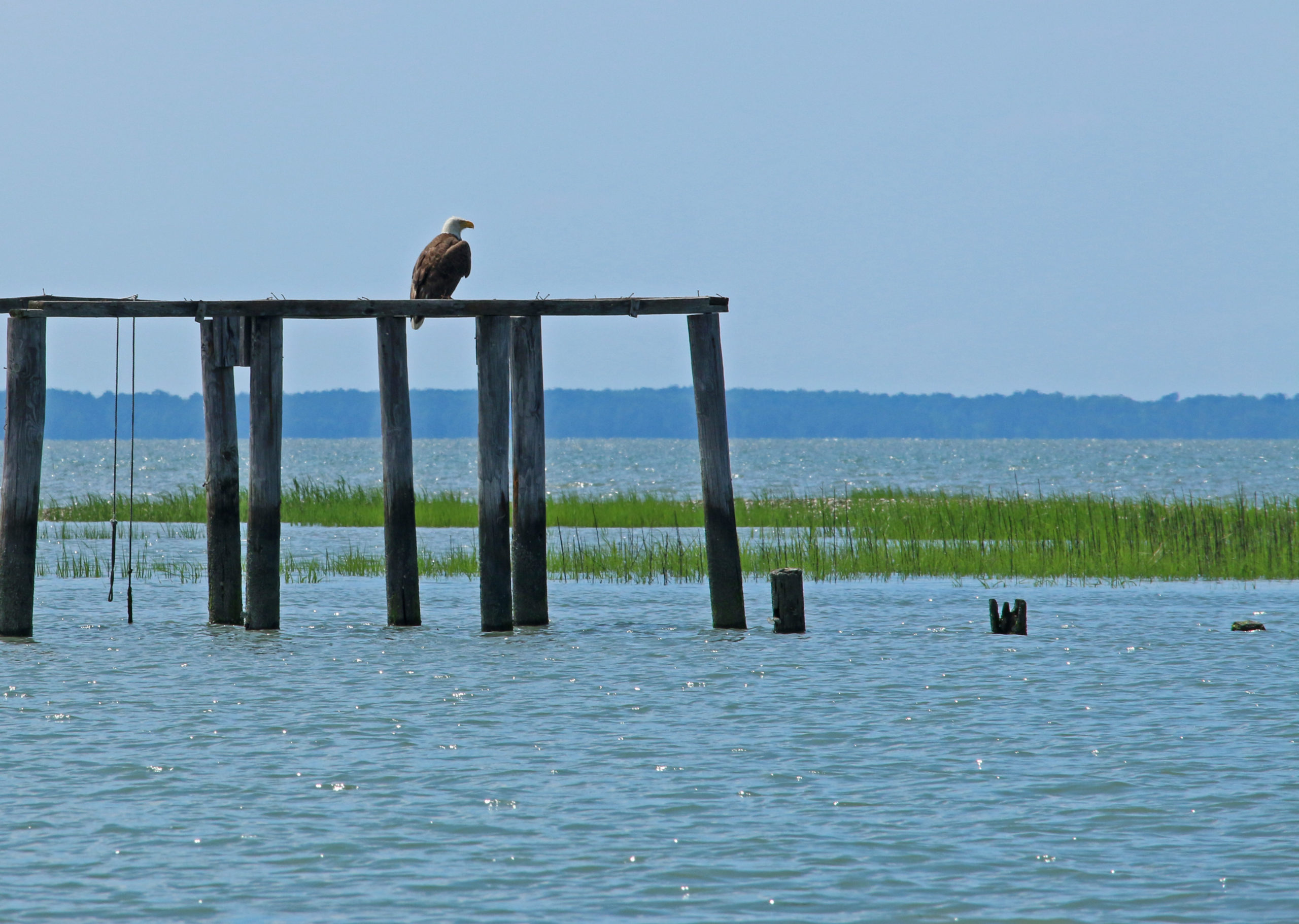
Credit: Erika Zambello
A 20-year landscape-scale experiment at VCR LTER was the first to show the role of restoration in reestablishing carbon burial in seagrass meadows, which matches natural systems after a decade. Virginia Coast Reserve scientists authored the international protocol through Verified Carbon Standards for issuing seagrass restoration carbon offset credits on the voluntary market. Carbon stored in sediments and sequestered in seagrass biomass is vulnerable to marine heatwaves that are projected to increase.
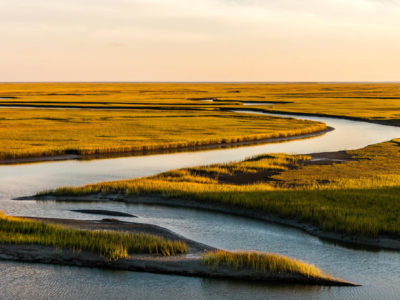
Climate Change Shifts Grasslands to Shrublands
Climate Change Shifts Grasslands to Shrublands
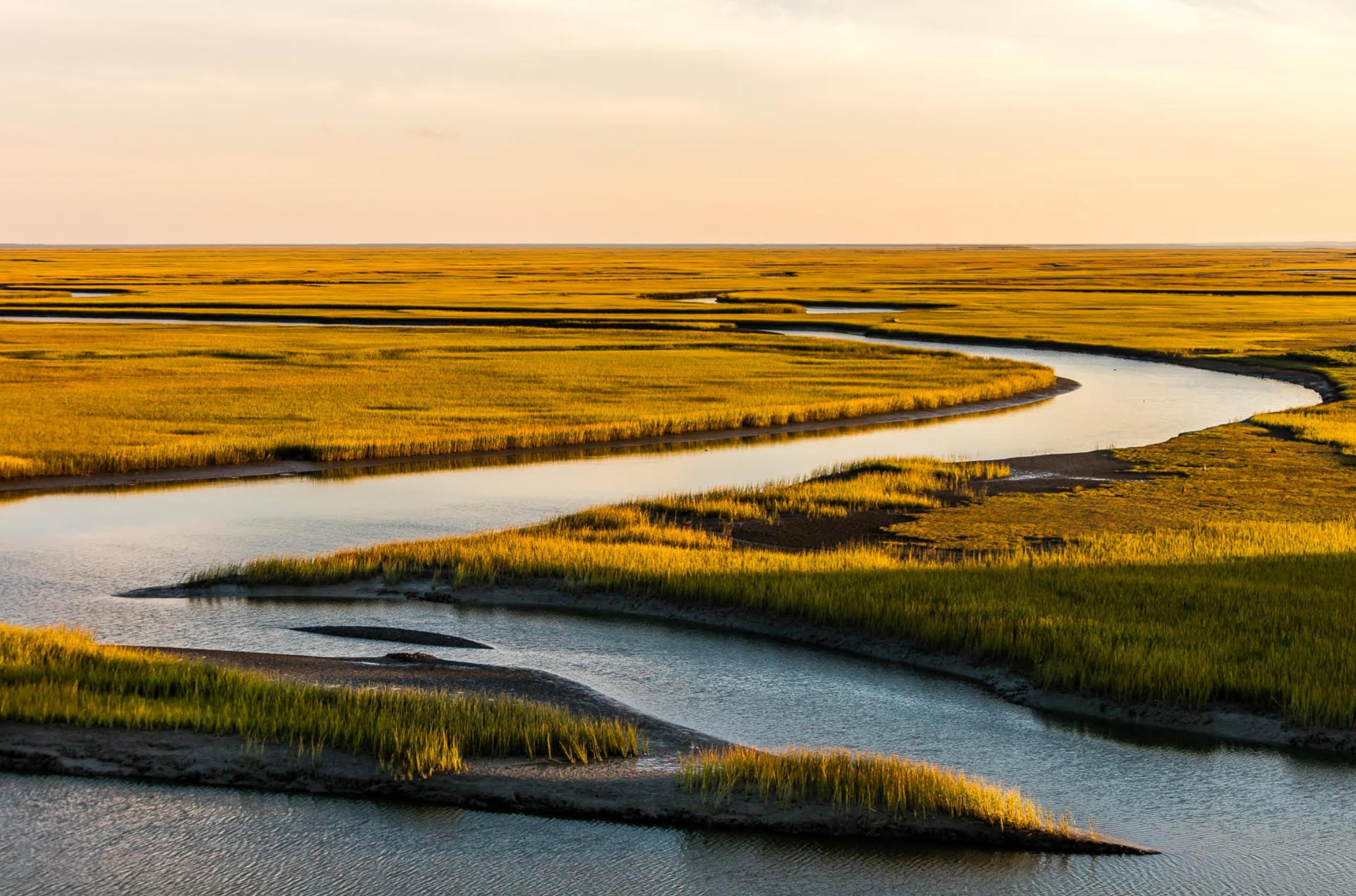
Credit: Gordan Campbell at Altitude Gallery
Over the last 30 years, nearly half of the upland area on the barrier islands has changed from grassland to shrub thickets, similar to transitions observed in other drylands. For coastal systems, this transition is driven by regional climate (higher winter temperatures, lower precipitation) and shrub feedbacks on microclimate (warmer winter and cooler summer temperatures). Shrub thickets may reduce the ability of islands to build upward and migrate landward in response to sea-level rise and storms.
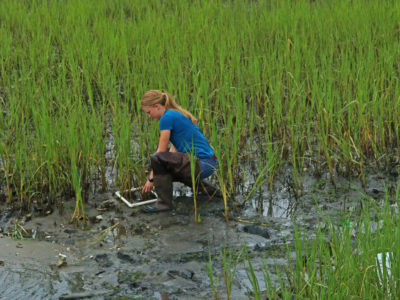
Sea-level Rise and Storms Can Cause Marsh Loss
Sea-level Rise and Storms Can Cause Marsh Loss
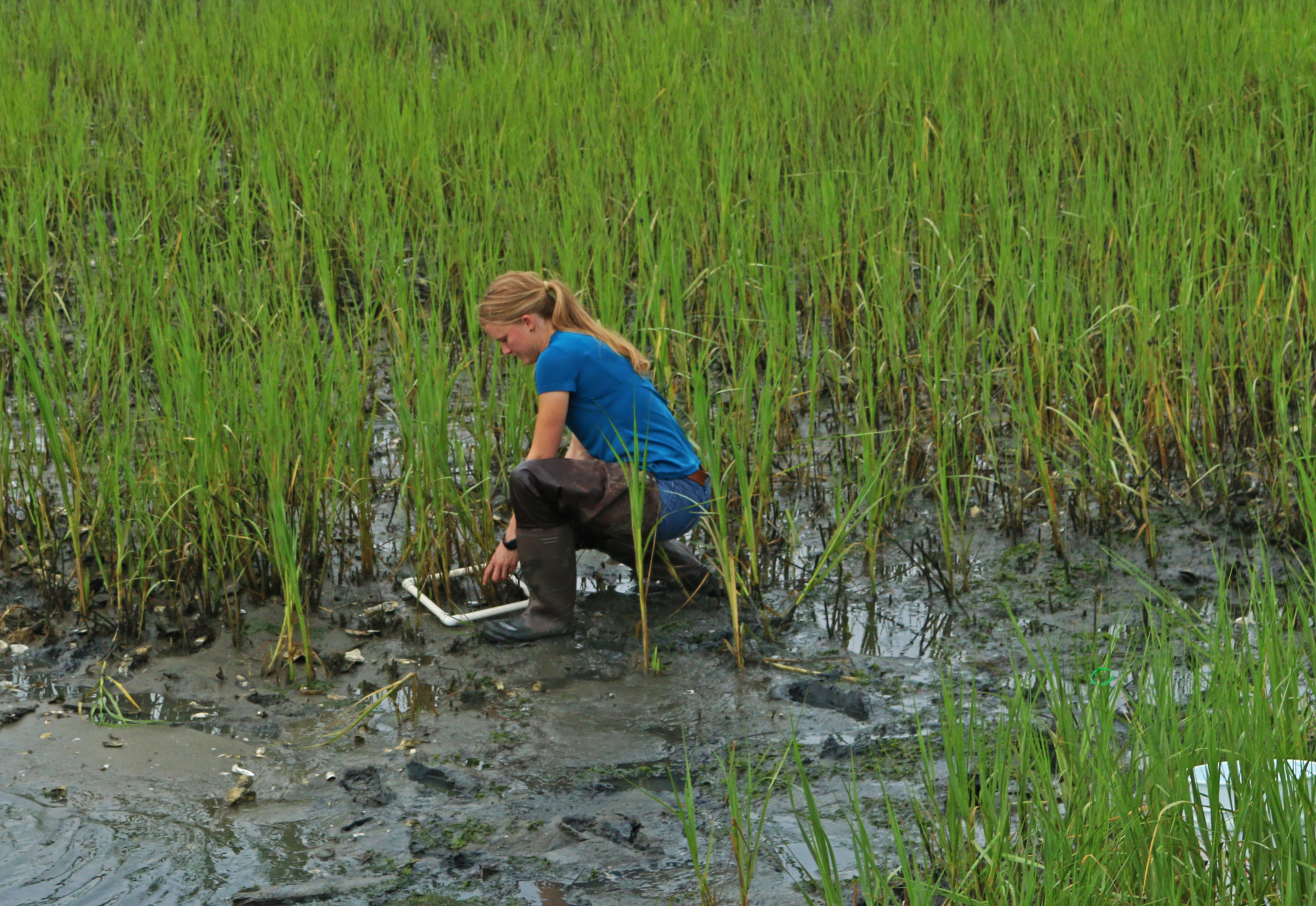
Credit: Erika Zambello
Long term VCR LTER and comparative studies define a threshold sea-level rise rate beyond which marshes cannot keep pace and drown. An early warning indicator of this state change is an increase in recovery time following flooding disturbances. Storms cause marsh loss by erosion in proportion to wave energy at the marsh edge. Smaller, more frequent storms, not hurricanes, are responsible for most marsh erosion, and this can be reduced by adjacent oyster reefs and seagrass meadows that attenuate waves.
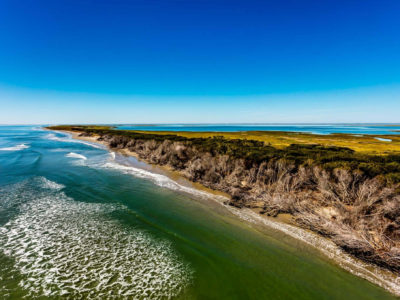
Coastal Change is Accelerating
Coastal Change is Accelerating
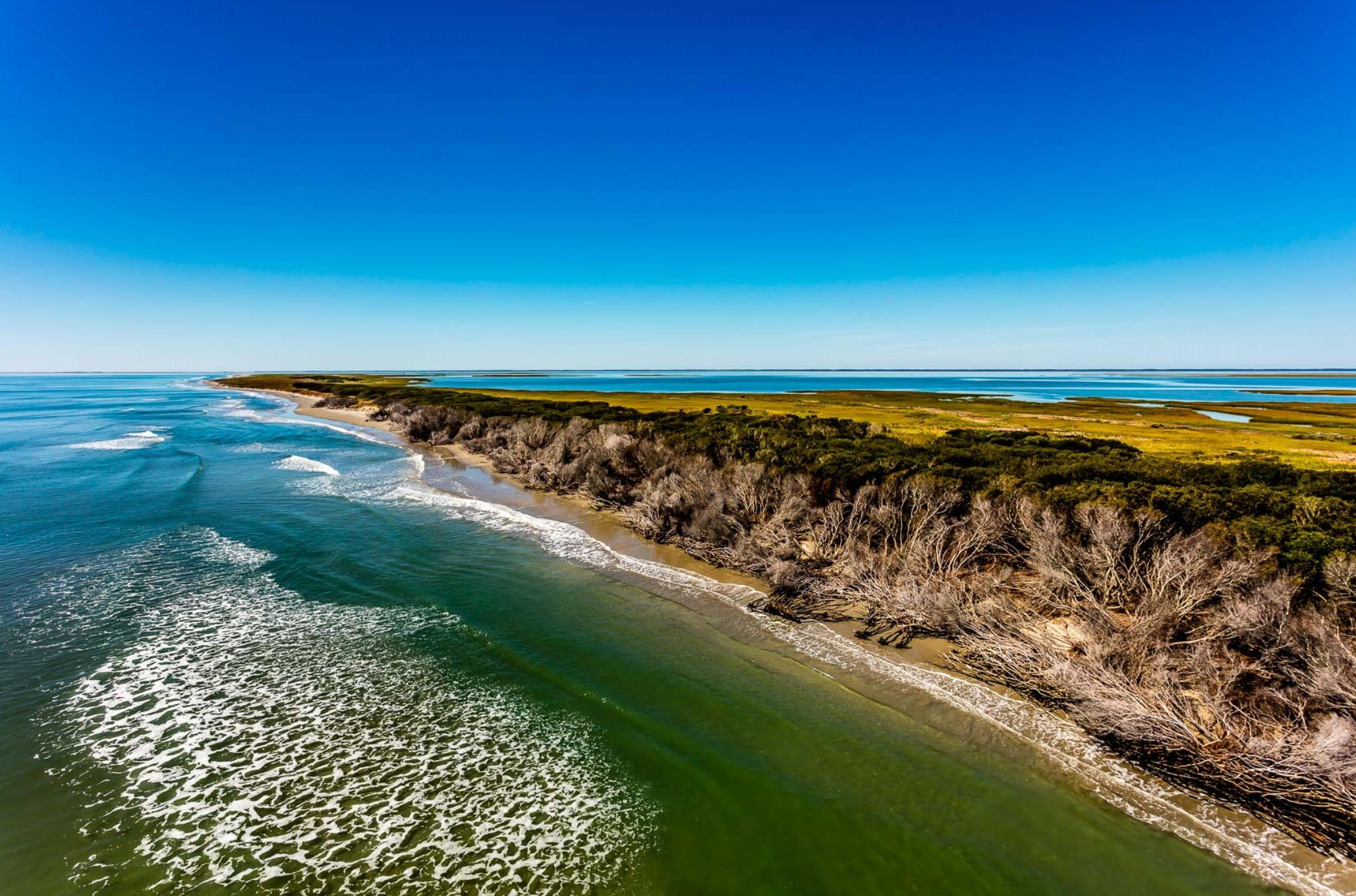
Credit: Gordan Campbell at Altitude Gallery
Historically, this undeveloped landscape has been a shifting mosaic; a new 30-year retrospective now shows directional change and accelerating ecosystem loss. Barrier island upland area has declined by a third, and island marsh loss due to storm overwash has increased, especially in the last decade. Feedbacks between vegetation and sediment transport determine barrier island dune shape, and this affects island migration and the long term resilience of islands to storms.










